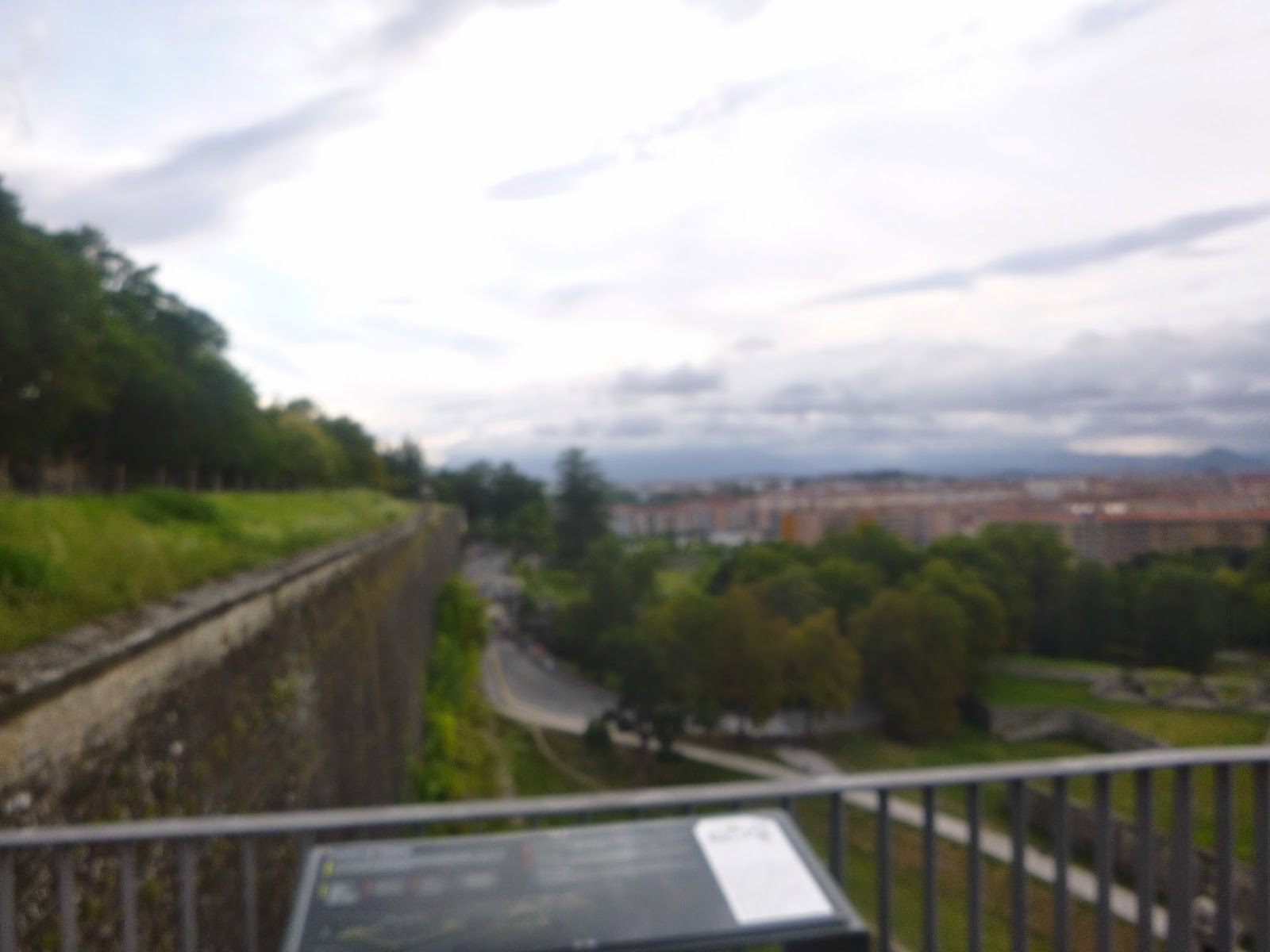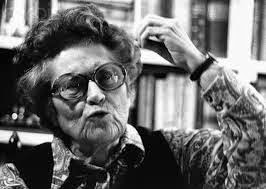 |
| Critical Mass then and now. Top August 2014, bottom bike summer critical mass by peter meitzler, 2003. |
Ten years ago was the RNC. For a while there,
we had a great Critical Mass last night on the 10th anniversary of the biggest
NYC Critical Mass Ride.
Before the ride, i mic checked.
Ten years ago, we were here and we rode. Ten years later, still we ride.
Still we ride - everyone screamed. And we made our way out of Union Square.
A few of us were going to ride South out of Union Square, but another group rode
West into the night.
Still we ride - everyone screamed. And we made our way out of Union Square.
A few of us were going to ride South out of Union Square, but another group rode
West into the night.
It was the anniversary of mass arrests at Critical Mass during the Republican National Convention of 2004.
Ten
years ago was one of the scariest periods I have ever seen in activism. War was raging and we were fighting against
the use of the Patriot Act as a bludgeoning rod against dissent. It felt like McCarthyism was back. Some 1800 of us were arrested
during the RNC.
Since then, the Critical Mass ride has continued as have others. As a TAZ, the police are definitely onto
it. But its still fun to see who shows
up from around the world and the city for the ride, ready to elude the cops.
This
month, the ten year anniversary of the greatest ride in New York Critical Mass
history, we seemed so busy eluding the cops that we eluding each other, the ride
leaders zipping away without informing everyone else, as scooter cops followed
those in the back. Still the ride was
glorious. It’s a sign of our resilience
that we’re still out here.
Few
seemed interested in recalling the RNC. “It’s
a different era,” recalled one rider, making his way up to Times Square.
 |
| There are new stories out there. |
But
I will never forget the smell of whisky on the breath of police in football
jerseys as they attacked the riders at St Marks church arresting hundreds of
them. The film Still We Ride does a lovely job documenting that period in
activism.
 |
| During the Bloomberg years, more and more police attempted to kill the ride. |
A journalist asked me what the ride meant. I explained that this is a space where many of us first took place in urban cycling. Its a space where I started riding in the city. Its the space where the push for bike lanes and a safer cycling infrastructure begin. Its odd that it has become a flash point as it has.
Yet, it still means so much to everyone.
Yet, it still means so much to everyone.
After
the backlash against the ride, it’ll
take a little work to get the ride build up into a mass again, as it was back
in the day. Interviewee after
interviewee talked about the ride in my book
Play, Creativity and Social Movements. The ride is the basis for our book, the Beach Beneath the Streets: Contesting New York's Public Spaces.
An
image of the ride is on the cover of my new book,
Community Projects as Social Activism.
The
ride is still an ideal. We can all be a
critical mass, if we hang together. The lessons
of the ride are many. We can all be part
of something bigger than ourselves from time to time, the ride reminds us. And this is why its spread around the world. From Bogata to Paris, where masses of riders
zoomed through the streets this July when I was there.
 |
| Critical Mass Hungry 2013 and top critical mass with world naked bike ride. |
Critical
Mass now and forever.
An
excerpt from an article about Times Up! includes some of the struggles to keep
the ride going.
“I've
been arrested twice at Critical Mass. Once during the RNC at the bike bloc ride
and once on August 29th, 2004," recalled Barbara Ross. “Some ten thousand riders showed up for a
ride a couple days before my first arrest, catching the NYPD off-guard. On the ride at which I was arrested, there
were actually very few cars out. We were providing support, but the NYPD was
out to get us. I think that not only the NYPD, but also the federal government,
did a lot to prepare for the RNC. I think they started to take note of activist
groups like ours in the lead-up to the RNC. Whenever we’re in court, The NYPD
bring up this ride. We rode up the FDR, through the Battery Park Tunnel, and
across the car lanes of many bridges. It was the funnest ride. The police
didn't do much, but they always seem to mention that ride and no other.
“When
I was arrested in August, there were a lot of people, a lot of press, and a lot
of arrests. All these people were biking and then they ended up arresting them
all, and it looked horrible in the press. We were just riding through midtown
and suddenly these motorcycles cut us off. We thought they were some sort of
Republican motorcycle gang. They swerved in front of us really dangerously. It
was pretty scary. They ran us down and at least 40 of us were arrested. We were
all held together in a makeshift jail on the Hudson, later called
Guatanamo-on-the-Hudson, for 30 hours. It was so crowded, but they only put one
bench in there. There was nowhere to sit other than on the ground, which was
covered with grease. We were there for
so long that I passed out. I woke up and I was face down on concrete. It was disgusting.
The police there were pretty nice. They realized this was pretty silly. But
once we got to the tombs, oh boy were they nasty. One guy was on a major power
trip. He made us walk around together like a chain gang.
“Besides being arrested those two
times, I've also had my bike confiscated two other times.” Getting her bike
back represented a Kafkaesque experience for Ross. “You have to go to the bike jail, which is in
Brooklyn and conveniently not by any subways," she laughed. Despite the setbacks, Ross and the others in Time’s
Up!! keep coming back and defending the First Amendment. "First of all,
because it is fun and because the police really want to stop this ride,"
explained Ross. "I feel like I have
to keep going because they have no right to stop this ride"
In the following years, activists
such as Ross and other arrested litigated against the city, successfully suing
the city for its attacks on the ride and sweeps at protests, with several
people winning significant awards. Other
activists volunteers started holding increasingly silly rides designed to
contract the actions of cyclists with those of the police who refused to
enforce their own rules prohibiting cars from parking in the bike lanes. These direct action based rides created
their own defiant form of power, which seemed to subvert the NYPD which never interfered. "I went on the clown ride cause I
thought this was a great way to bring attention to the bike lane issue,"
explained Ross, who helped organize the rides.
Others, who had been impacted personally, turned to documenting police
misconduct.
And today, the ride is still a flash point of activism. After the April 28th, 2014 Critical Mass, the cycling advocacy group Right of Way posted the following press release.
And today, the ride is still a flash point of activism. After the April 28th, 2014 Critical Mass, the cycling advocacy group Right of Way posted the following press release.
CRITICAL MASS
NYPD COMMANDER WHO ASSIGNS DOZENS OF OFFICERS TO MONTHLY PEACEFUL BIKE RIDE, REFUSES TO TICKET SPEEDING DRIVERS, DEFENDS HIMSELF
Cyclists brought a speed gun, clocked speeds over 50 miles per hour, asked officers to enforce the law. Officers refused.
April 28, 2014
Media Advisory
For Immediate Release
Contact: Keegan Stephan, 907.244.6426
New York, NY: On Friday, April 28, 2014, a peaceful group bike ride of 20 cyclists was followed by dozens of police officers. The cyclist took them to the intersection of Clinton and Delancy, where 12 year old Dashane Santana was killed while crossing the street by a speeding driver last year, and clocked the speeds of motorists regularly exceeding 40mph, well above the 30mph speed limit across NYC.
Not only did the officers refuse to enforce the law, their Commanding OfficerDavid Ehrenberg justified using his resources to police the cyclists because he claimed they get many complaints about lawless bikers.
As the cyclists questioned the commanding officer, he told them to “forget about traffic fatalities,” said speeding was not a factor in any of the 10 pedestrian fatalities in his precinct in the last two year, and said he was proud of the speeding enforcement by his precinct, which has written only 7 speeding tickets this year.
One dozen officers have been policing the monthly Critical Mass bike ride since the Republican National Convention in 2004, costing the city millionsof dollars per year.
As far back as 2008, City Council members signed a letter demanding an investigation into the NYPD’s policies toward Critical Mass, including Tish James, Gale Brewer, and Melissa Mark-Viverito, now Public Advocate, Manhattan Borough President, and Speaker, respectively.
Since then, most riders have stopped attending and the ride has dwindled to fewer cyclists than cops, but the officers kept attending and ticketing for minor and non-existent infractions, like this five year old ticketed for not wearing a helmet.
Stalwarts had hoped the police presence would diminish after the February 18th Vision Zero Press Conference in which the new NYPD Commissioner William Bratton repeatedly said resources would be focused on speeding and failure to yield, the crimes that are killing pedestrians.
That has not happened yet, but the activists are hopeful. “This is not about us being upset about the NYPD policing our bike ride. We are upset that they are using their limited resources to police a bike ride rather than save lives,” said Keegan Stephan, an organizer with Right of Way. “The administration has clearly demonstrated that speeding and failure to yield are the leading causes of pedestrian fatalities, and I think that we have clearly demonstrated that the officers assigned to a peaceful bike rides on Friday nights could better serve the city by cracking down on traffic violence.”
----
Today, the ride is evolving along with a culture of cycling as a means of resistance. Lets all enjoy it and build our own Critical Mass every night all over the contested streets of NYC.










































































































